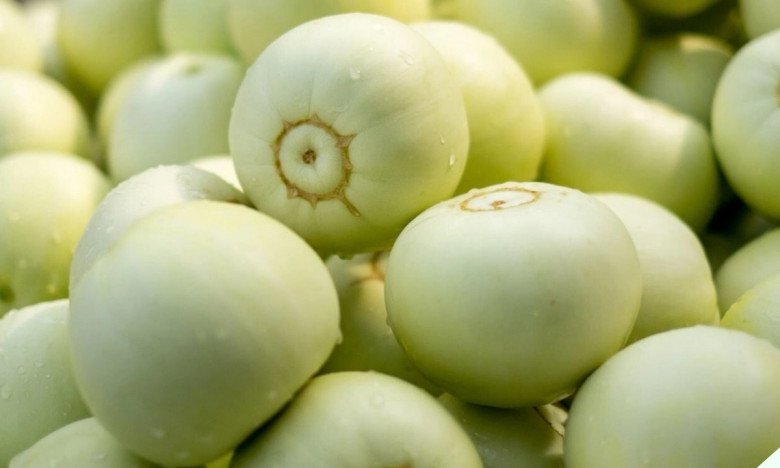
Dưa lê is a delightful fruit that is round and slightly elongated in shape. Its rind starts off white with a hint of green, eventually maturing to a creamy white hue. When ripe, this fruit emits a distinctive and alluring aroma.
The flesh of the dưa lê is a treat for the senses, offering a perfect balance of sweetness and refreshment, complemented by an abundance of juice. According to nutrition experts, dưa lê boasts a water content of approximately 90%. Additionally, it is an excellent source of vitamin C, vitamin B complex, potassium, and minerals.
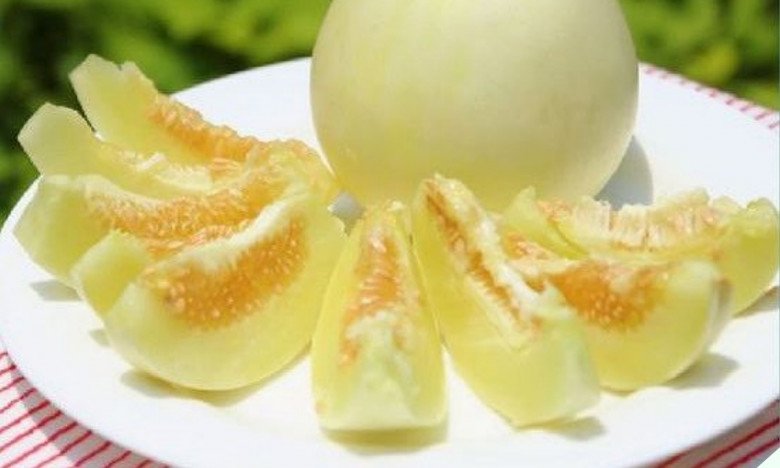
At first glance, dưa lê fruits may appear indistinguishable, making it a challenge to select the sweetest and most delectable specimens. Many individuals have experienced the disappointment of purchasing dưa lê only to find it lacking in flavor or, worse, bitter. This is often due to a lack of knowledge about how to choose the right fruit.
Seasoned fruit vendors will attest that there are tricks to selecting the perfect dưa lê. By paying attention to a few key details, you can easily discern whether a fruit is worth your palate’s attention.
1. Inspect the Belly Button
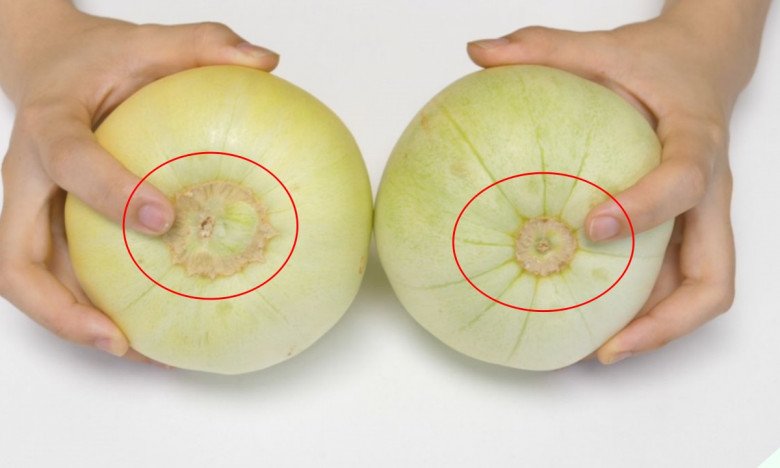
The first thing to examine when choosing dưa lê is the belly button, or the blossom end. The ideal dưa lê will have a relatively large and plump navel that protrudes slightly outward.
If you come across a fruit with a small and slightly sunken navel, it’s best to leave it behind. These tend to be unripe and will taste bland and firm.
2. Sniff for Sweetness
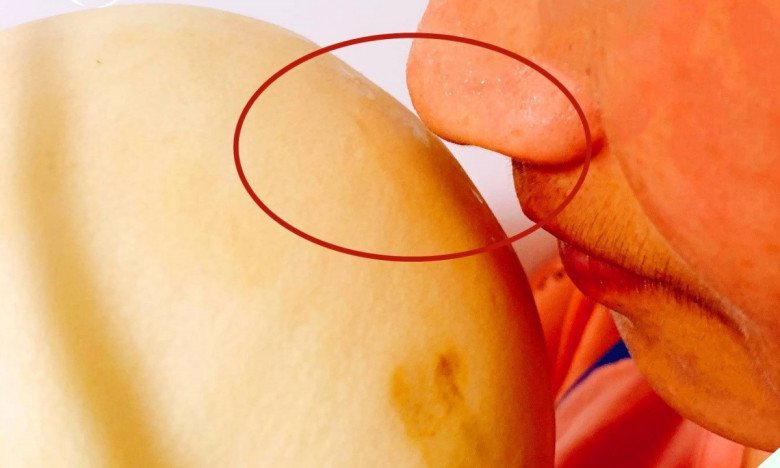
A ripe dưa lê will seduce you with its fragrance. The sweeter the fruit, the more potent the aroma. If you can’t detect any scent, it’s likely unripe and not worth purchasing.
3. Check the Stem
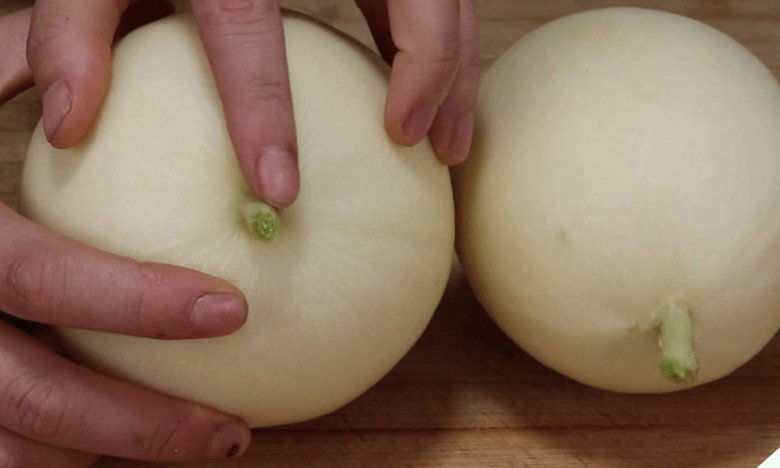
Regardless of the type of fruit you’re buying, it’s always a good idea to inspect the stem. Ideally, opt for dưa lê that still has its stem attached, as this indicates freshness. If the stem has fallen off, there’s a 90% chance that the fruit is past its prime. These tend to be less juicy, soft, and lacking in flavor.
4. Test for Firmness
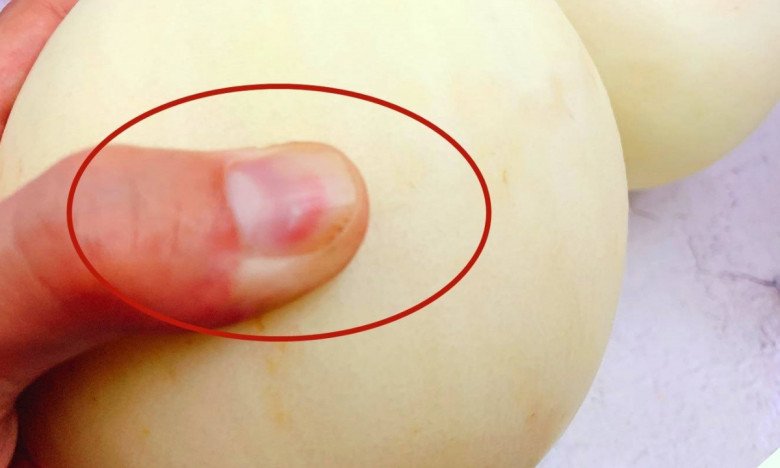
Gently press your finger into the surface of the fruit. If it yields easily and forms a dent, it’s overripe and won’t taste as good. A firm fruit indicates that it’s unripe.
The sweet spot is when you press down and the surface gives way slightly while the skin retains its tautness. These dưa lê are just right, ripe, and bursting with sweetness and juice.
5. Color Considerations
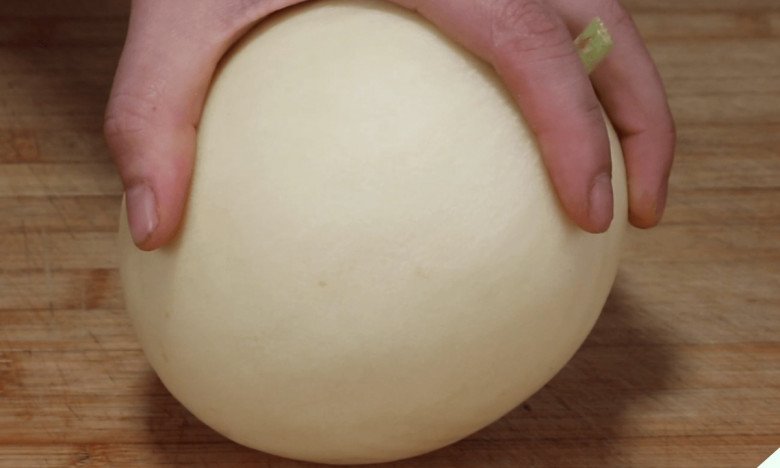
Veteran dưa lê growers will tell you to pay attention to the color of the rind. Opt for fruits that have a white hue with a hint of yellow, as these tend to be sweeter and more aromatic than those with a greenish tint.
When you find a dưa lê that meets all five of these criteria, you’ve struck gold. To prepare this delicious fruit, start by giving it a thorough rinse under running water to remove any lingering dirt. Then, place it in a colander to drain and pat it dry. Peel the dưa lê and cut it into bite-sized pieces.
Dưa lê is notorious for its abundance of seeds, so to create aesthetically pleasing slices, locate the prominent green vein on the surface and cut along this line. This will result in two equal halves, each containing a neat row of seeds encased in a thin membrane.
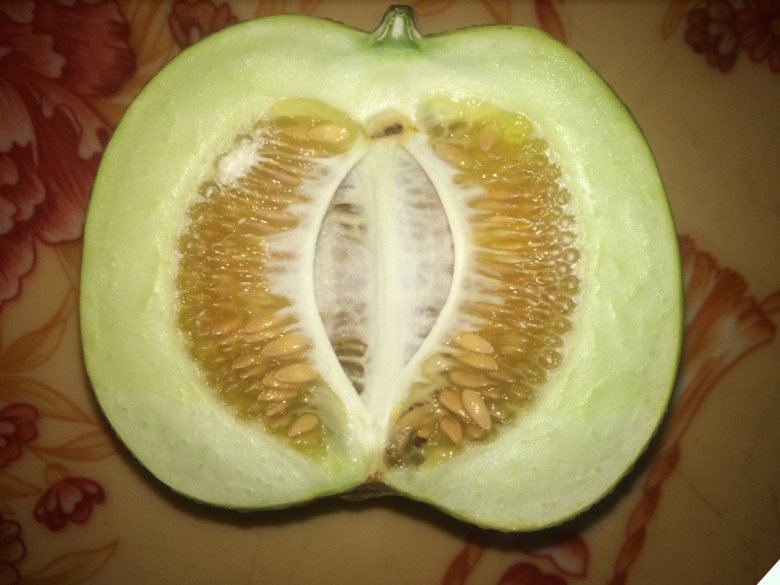
Due to its thick and sturdy rind, dưa lê has a relatively long shelf life. At room temperature, it can last for 2-3 days, but it’s best stored in a cool, shaded place away from direct sunlight.
For extended freshness, wash the fruit thoroughly, wrap it in plastic, and store it in the crisper drawer of your refrigerator. With this method, you can enjoy delicious dưa lê for up to 5-7 days.






























